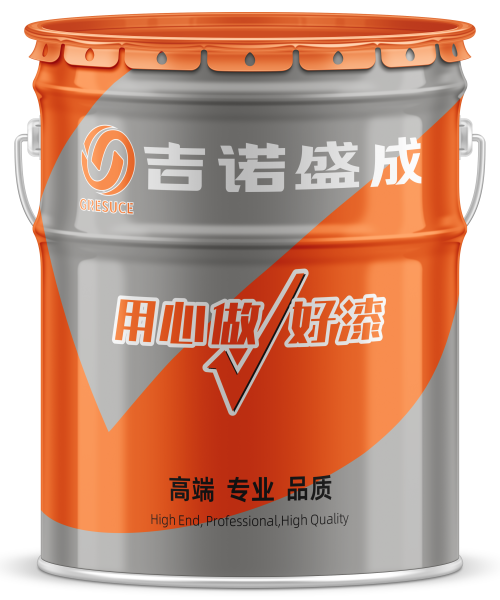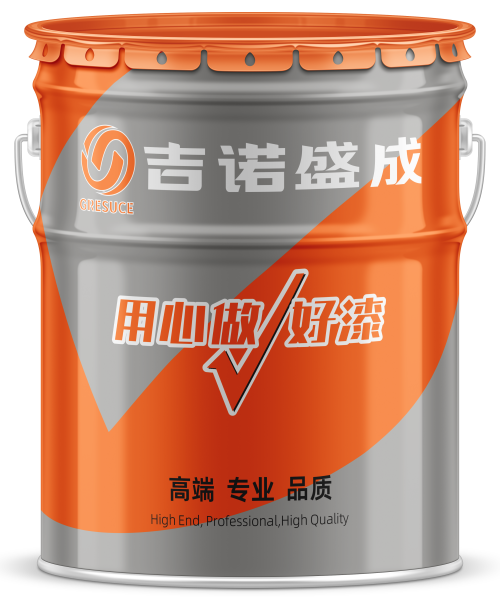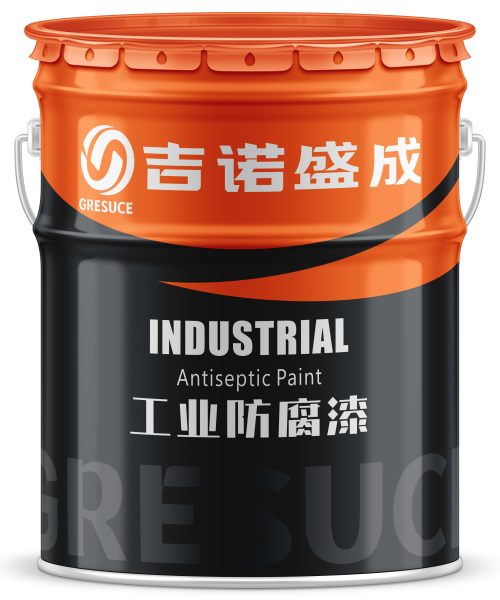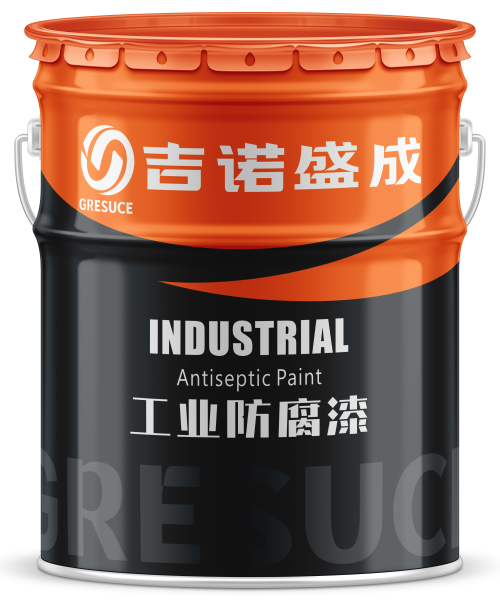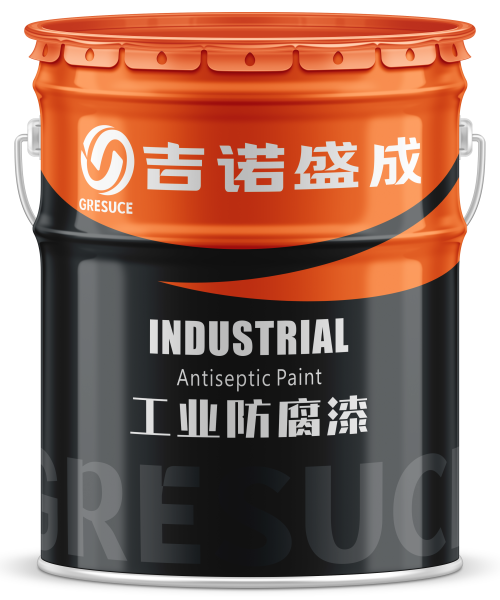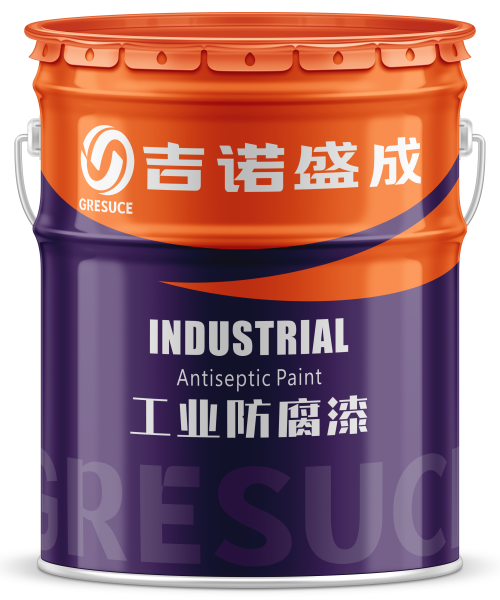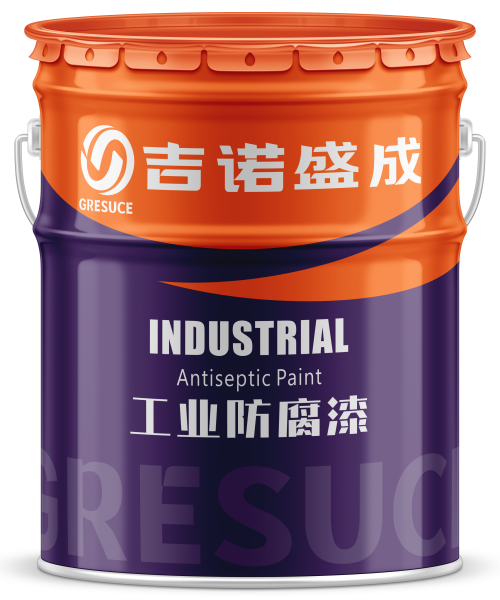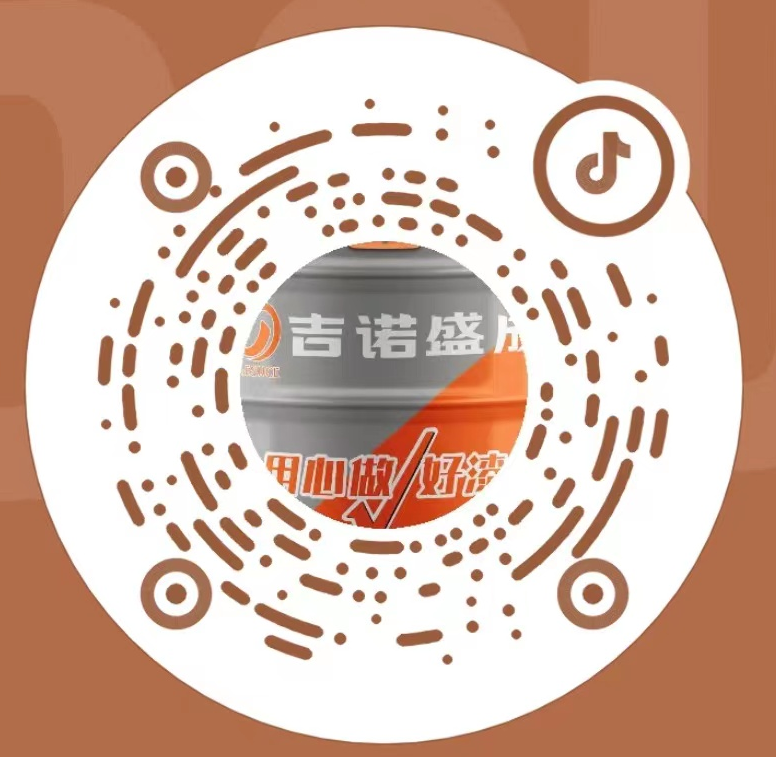1. Composition and Structure
· Fluorocarbon Paint:The primary component is fluorocarbon resin, whose molecular structure contains carbon-fluorine bonds that exhibit extremely high stability and strength. This grants the coating exceptional weather resistance and chemical stability.
· Conventional Paint:It is primarily composed of acrylic, epoxy resin, and similar materials. Its molecular structure is relatively simpler, resulting in inferior weather resistance and chemical stability compared to Fluorocarbon Paint.
2. Weather Resistance
· Fluorocarbon Paint: Exceptional weather resistance, capable of withstanding UV rays, wind, sun exposure, and other natural environmental factors, with a service life of over 20 years.
· Conventional Paint:Poorer weather resistance, prone to fading or chalking due to UV exposure and climate changes. Its service life typically ranges from 5 to 10 years.
3. Chemical Resistance
· Fluorocarbon Paint:Exhibits strong resistance to acids, alkalis, salts, and other chemicals, making it suitable for harsh environments such as chemical plants and coastal areas.
· Conventional Paint:Has weaker chemical resistance and is prone to damage in chemically corrosive environments, requiring frequent maintenance.
4. Adhesion
· Fluorocarbon Paint:Strong adhesion, capable of firmly bonding to various substrates without peeling.
· Conventional Paint:Relatively weaker adhesion, especially when exposed to external environments for extended periods, making it more prone to peeling.
5. Decorative Effect
· Fluorocarbon Paint:Offers vibrant and long-lasting colors that resist fading, with a smooth surface that provides an elegant and sophisticated decorative effect.
· Conventional Paint:Provides decent decorative effects initially, but is prone to fading and aging over time when exposed to the elements.
6. Construction Cost
· Fluorocarbon Paint:Due to its superior performance and complex production process, it is more expensive, resulting in higher initial investment costs.
· Conventional Paint:Relatively low cost and affordable construction expenses, making it suitable for projects with limited budgets.
Summary
Compared to Conventional paint, Fluorocarbon Paint offers significant advantages in terms of weather resistance, chemical resistance, and adhesion, making it ideal for high-demand protective and decorative applications. However, its higher cost may be a limiting factor for some projects. On the other hand, Conventional paint is known for its lower cost and broader application range, making it suitable for general environmental protection and decorative needs.
By selecting the appropriate paint based on specific application environments and budget requirements, you can maximize its effectiveness, extend its service life, and reduce maintenance costs.





